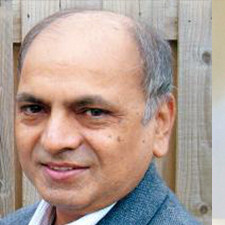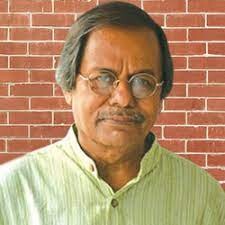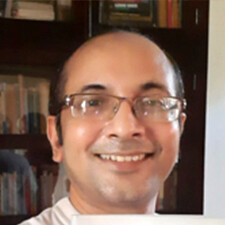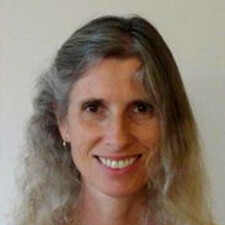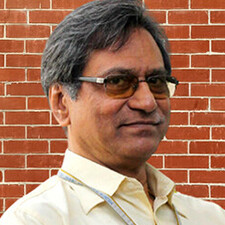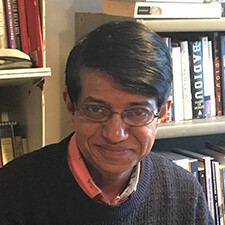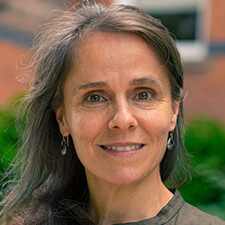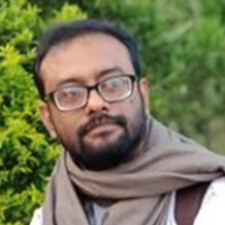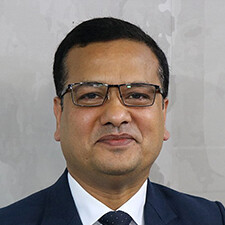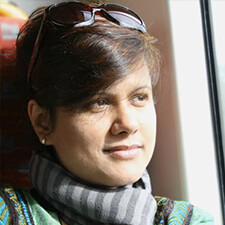ULAB Multicultural Conclave 2022
A Dialogic ImagiNation of Bangladesh: Literary-Linguistic-Cultural Representations, Non-representations and Misrepresentations
25-26 February 2022
The nation of Bangladesh is being re-read, re-thought and re-written, especially around the 50th anniversary of its independence in 2021. And to observe the 70th anniversary of 21st February 1952, which is regarded as the proper beginning of the Bengali nationalist movements in East Pakistan, the Department of English and Humanities would like to generate new thoughts tracing the shifting contours of, echoing Benedict Anderson, the “imagined community” that is Bangladesh.
This will necessarily lead us to more generalized discourses on nation, nationalism, nationhood and so on. Following the British Marxist historian Eric Hobsbawm, we need to ask ourselves about how Bangladesh is imagined; how, in literary-cultural texts, the geographical territory of the country is peopled with characters that occupy specific times-and-spaces, chronotopes in Bakhtinian terms, through history; in what “affective” ways human beings are related to each other or implicated in each other’s lives; and, finally, how these representations, in turn, forge an emotional connection between the nation and people living in it. Are they indeed the “national allegories” Fredric Jameson argued they were? And what about the imaginations of Bangladesh in global popular industries like Hollywood and Bollywood? Why do they often generate so much outrage in Bangladesh? Also, what to think of the representation of the country as an emerging model for “development” in the international media?
Nationalism, it is common knowledge, constructs exclusive identities, so, as we begin to traverse the next half a century, it is urgent for a more inclusive vision of future Bangladesh to examine the historical and developmental narratives the nation has woven for itself and created, to use Rob Nixon’s term, “unimagined communities” in the process. As with any other metanarratives, the story/history that the Bangladeshi state tells its people or teaches its youngsters at schools is likely to be teleological, exclusive, and selective. We will be particularly interested in the consequences of these stories for Bangladeshi identities and what negotiations authors, poets, artists, cartoonists, performers, musicians, filmmakers and others have to do with the nationalist metanarrative. Relevant here is also the non-representation--linguistic, gender, political and otherwise--of different ethnic identities in popular cultural practices and indeed the day-to-day Bangladeshi public life at large.
All the zoom links and passwords are included in their respective sections. Please check the programme schedule below. We are following the Bangladesh Standard Time (BST) (GMT+6).

